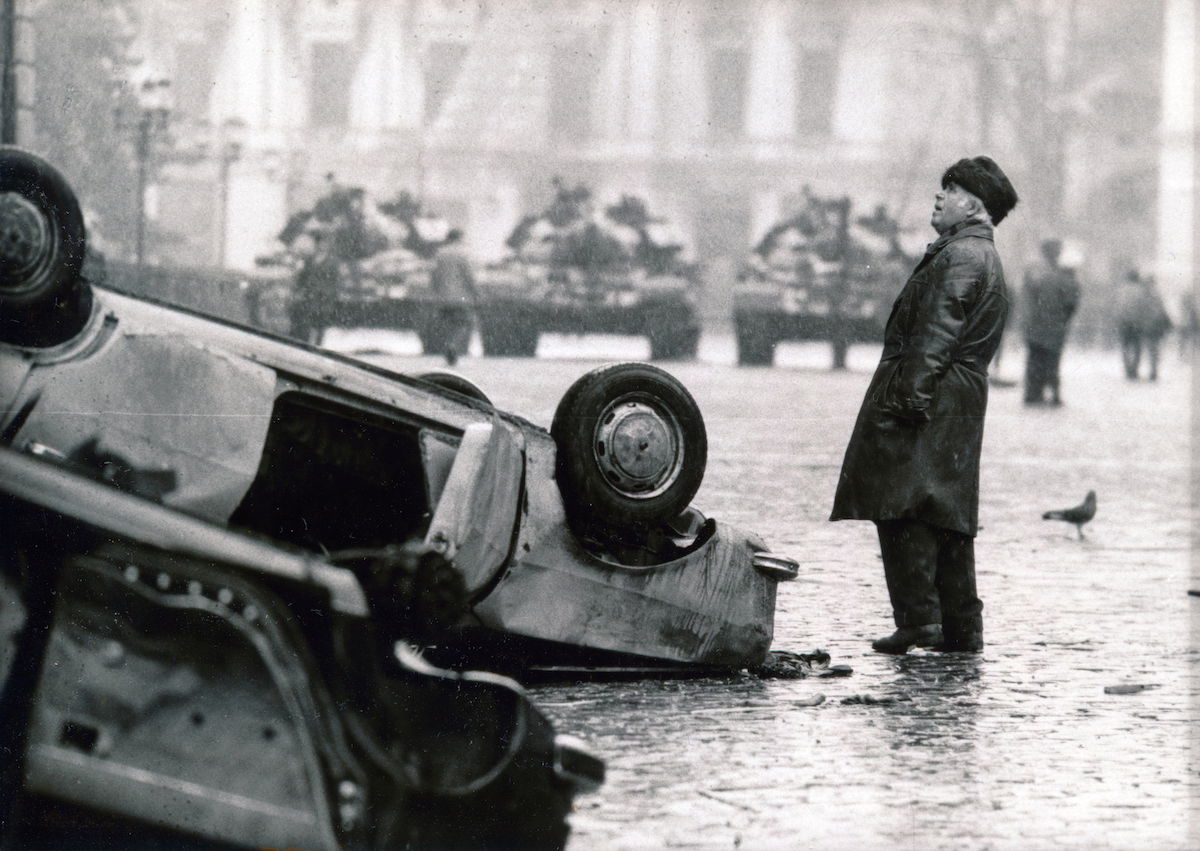Key insights
-
1
Geopolitical Tensions
The article discusses how the geopolitical landscape of Europe is still shaped by Cold War-era alliances and rivalries. NATO and EU expansions, along with Russia's actions in Ukraine and other regions, demonstrate the lingering influence of Cold War politics.
-
2
Economic Disparities
Economic disparities between Eastern and Western Europe, rooted in their Cold War histories, persist. The transition from centrally planned economies to market economies in Eastern Europe has been uneven, leading to varying levels of development and prosperity.
-
3
Social and Cultural Divides
The social and cultural divisions that were prominent during the Cold War have not entirely disappeared. Differences in political attitudes, values, and societal norms between Eastern and Western Europe continue to reflect their distinct historical experiences.
Takeaways
The article concludes that the Cold War's legacy is still very much alive in Europe. While the continent has made significant strides towards unity and integration, the deep-seated divisions from the Cold War era continue to influence its geopolitical, economic, and social landscapes.

